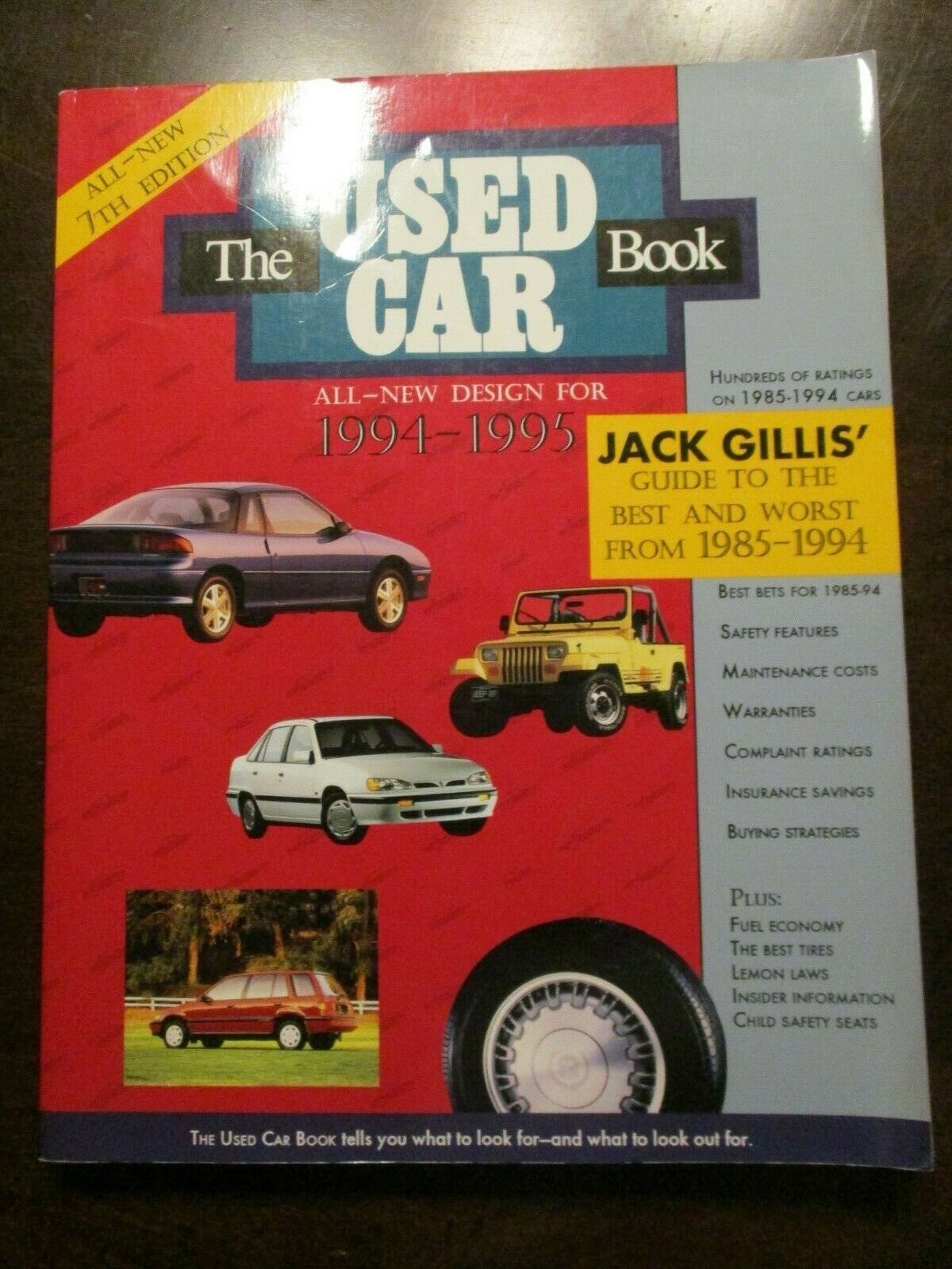3k mile oci and everything was fine. I used to use SAE30 and 5w30 in my '65 mustang.I think I read here about some grades of motor oils being not up to par back in the 1980’s?
Anyone remember this?
Thank You
I miss those days when I could get under a vehicle because they rode so high off the ground.


